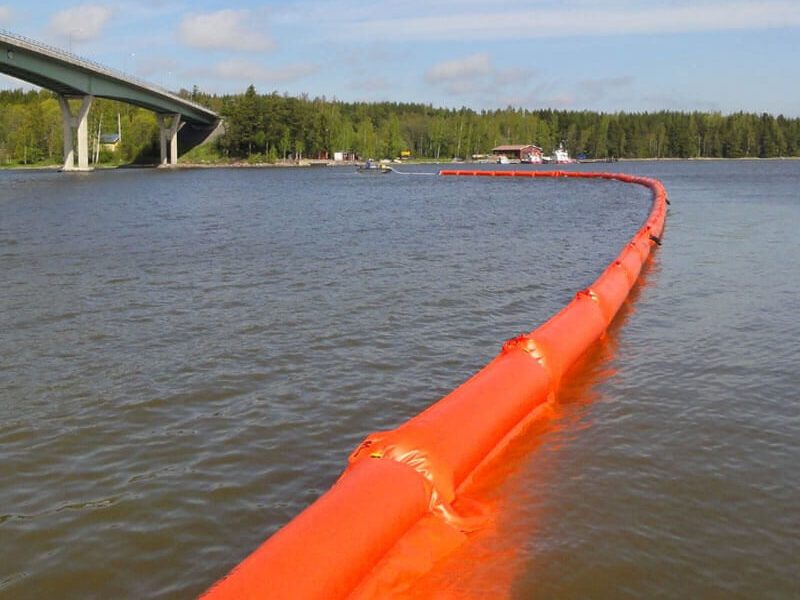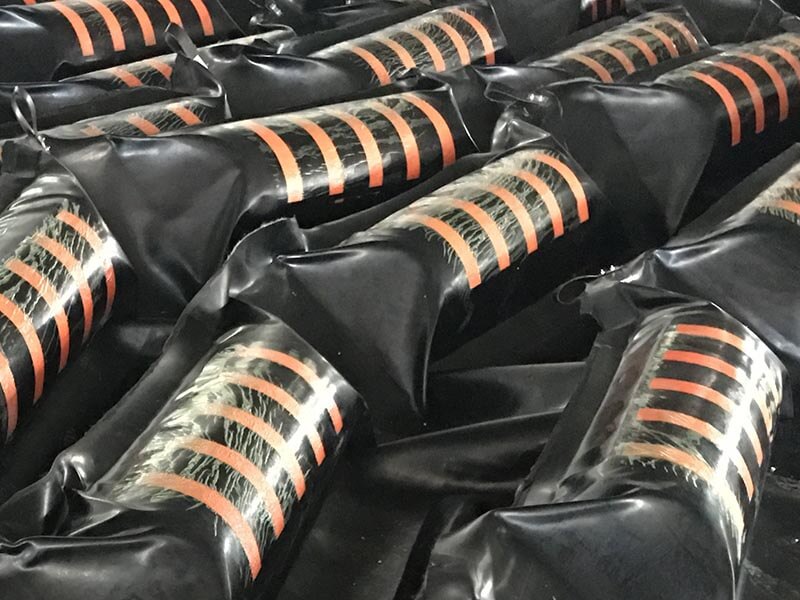Handing methods of offshore oil Spill Accident
Date:2023-04-12
Offshore oil spill refers to the leakage of crude oil into the marine environment due to accidents during the process of oil exploration, oil production, storage and transportation in sea areas. After the accident, measures need to be taken quickly to reduce the harm caused by the oil spill to the environment. The process mainly includes the following aspects:
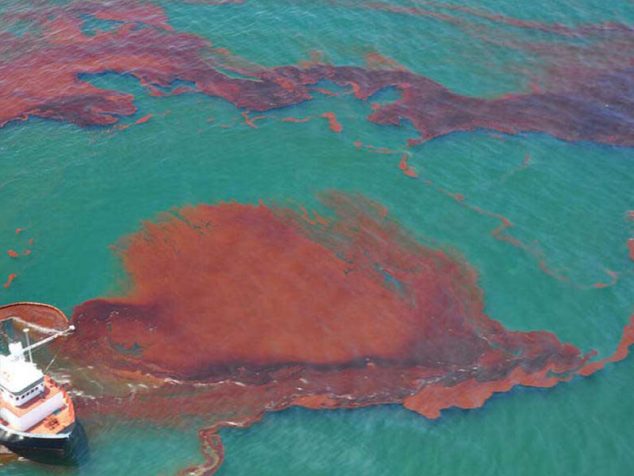
- Confirm the situation on site
Determine the location of the oil spill and the surrounding natural environment and traffic conditions, collect and organize the information, data, and video pictures of the scene in a timely manner, and analyze and judge the level and impact of the oil spill.
- Oil Spill Tracking
After confirming the environmental safety of the accident site, organize and carry out oil spill tracking and monitoring, and analyze the flow of the oil spill.
- Oil Spill Containment
Oil spill containment mainly prevents the continuous spread of oil products. The main equipment for oil spill containment and control is the oil boom. At present, the commonly used oil booms for oil spill rescue are divided into solid float-type oil booms, inflatable oil booms, and fireproof oil booms.
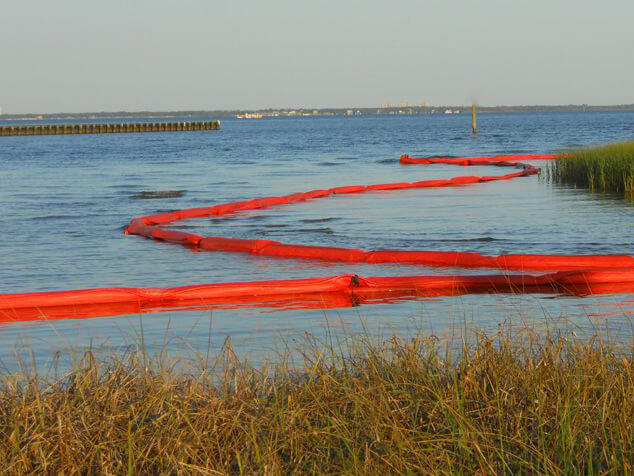
- Oil Spill Containment and Concentration
When oil spills occur in open waters, near-shore waters, or ports, deploy oil booms in time to contain and control the spreading oil spills in time, and drag or reduce the surrounding area through the oil booms.
- Oil spill diversion
Oil spill diversion is usually deployed at a set angle using oil booms. Oil spill diversion is generally divided into two situations. One is the long-term deployment of oil booms, which are generally placed at water intakes in ports and key facilities on routes; the other is the temporary deployment of oil booms, which are mainly used in Reefs or temporary deployment according to the specific conditions of the oil spill incident to realize oil spill diversion and lead the oil spill to areas that are easy to recover.
- Prevent Potential Oil Spills
Preventing potential oil spills usually refers to deploying oil booms in advance to prevent and control oil spills in places where oil spills are likely to occur or where there is a risk of oil spills, according to the local water conditions. When oil and gas production on offshore drilling platforms or ships carries out oil loading and unloading operations at the wharf, oil booms are usually deployed in advance in accordance with regulations to prevent potential oil spills.
- Oil spill cleanup
Oil spill cleanup refers to the effective removal of the contained oil spilled in oil spill emergencies to reduce pollution to the sea environment. Offshore oil spill cleanup can be divided into physical treatment, chemical treatment, and biodegradation. Physical treatment is mainly to separate the oil from the water surface without changing the physical form; chemical treatment is mainly to use combustion or chemicals to disperse the oil, so as to achieve the purpose of oil spill removal; biodegradation is mainly to use enzymes Wait for the function of biodegradation to achieve the purpose of removing oil.
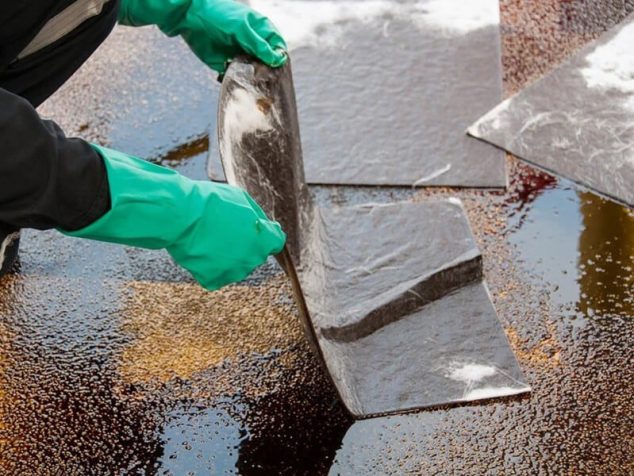
Related Products
Next: New delivery of cylindrical rubber fenders successfully
RELATED
- What affects the performance of ship launching airbags?
- A batch of DD Fenders Successfully delivered to Europe
- New batch of cylindrical fenders were delivered in advance
- What kind of rubber fenders are used on tugboats?
- Malta – supply and installation of D-shaped rubber fenders
- D0.6m ship launching airbags were successfully delivery
- What are the methods of salvaging shipwrecks?
- Belgium Tender – Yokohama Fenders and pallets of mooring in Zeebrugge


